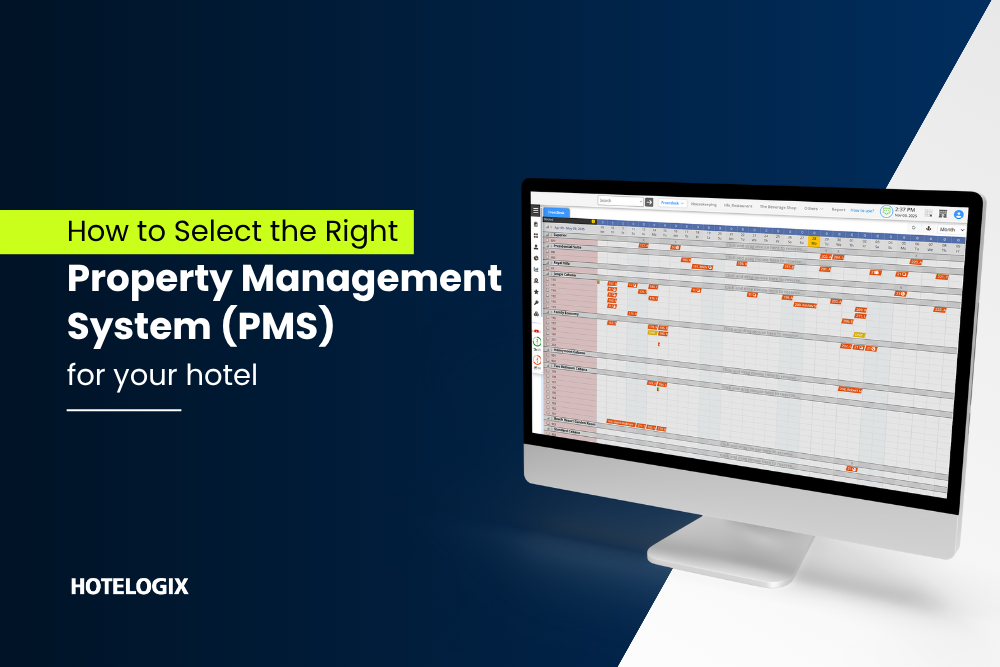Planning is a critical part of any business. Without analyzing the market, consumer trends, running costs and other important elements, no company can ensure consistent profitability. Hospitality in particular demands a good strategy for long-term growth. A large number of small hotels and inns are opened every year and enjoy reasonable occupancy rates. In fact, small inns are usually the preferred choice for visiting tourists. However, a solid plan is absolutely necessary in order to properly optimize all the property’s resources.
Scouting & Adapting to Change
Guest trends are changing all the time. Large chains don’t dominate the markets the way they once did – guests today actually prefer staying in smaller boutique hotels over the fancy 5-star chains. This shift in paradigm is no random occurrence. Millennials are projected to account for half the money spent on travel by 2020. This young generation of travelers see more value in purchasing ‘experiences’ over material goods, and want to stay at hotels that provide them with a more intimate visit. By analyzing guest trends in their city and within their property, hoteliers can optimize these dynamics and better prepare their properties for these new-age travelers. Incorporating popular attractions and a local joint in the package would appeal more to these younger travelers than the traditional city tours or extravagant hotel restaurant.
Determining the Bottlenecks
The successful running of a hospitality business is dependent on the efficient management of the many intricate processes that hold the property together. And just like in any organization, there is always room for improvement – the tricky bit is discovering where. With so many departments involved, sectors of the hotel might be understaffed to effectively cope with the pace of activity. Analysis of business reports can go a long way in determining these areas. This allows managers to take appropriate measures to combat these inadequacies. A single bottleneck is all it takes to hinder operations all around the property.
Uncovering Unnecessary Expenses
While room sales may be the primary source of revenue for hotels, money generated by the various other avenues also do contribute to the property’s cash flow. These may include restaurants, bars, gift-shops, and other points-of-sale (POS). However, with guest trends and spending patterns changing all the time, it can get difficult for managers to detect terminals that aren’t doing as well as expected. This could cost the property money and even stagnate the brand’s development. By analyzing POS reports, managers can identify the terminals that aren’t making money and take corrective measures.
These are just a few examples of the areas where proper planning can significantly improve the hotel’s revenue generating capacity. The only obstacle to this process is the time involved. Gathering and then compiling reports from every department in the property can be tedious. Having a reporting tool can make all the difference, a reliable property management system may be capable of generating dozens of reports based on the information fed over several months. Reservation summaries, OTA partnerships, night audits and a wide range of other activities can be tracked, enabling the management to make better decisions for the property’s long-term future.






